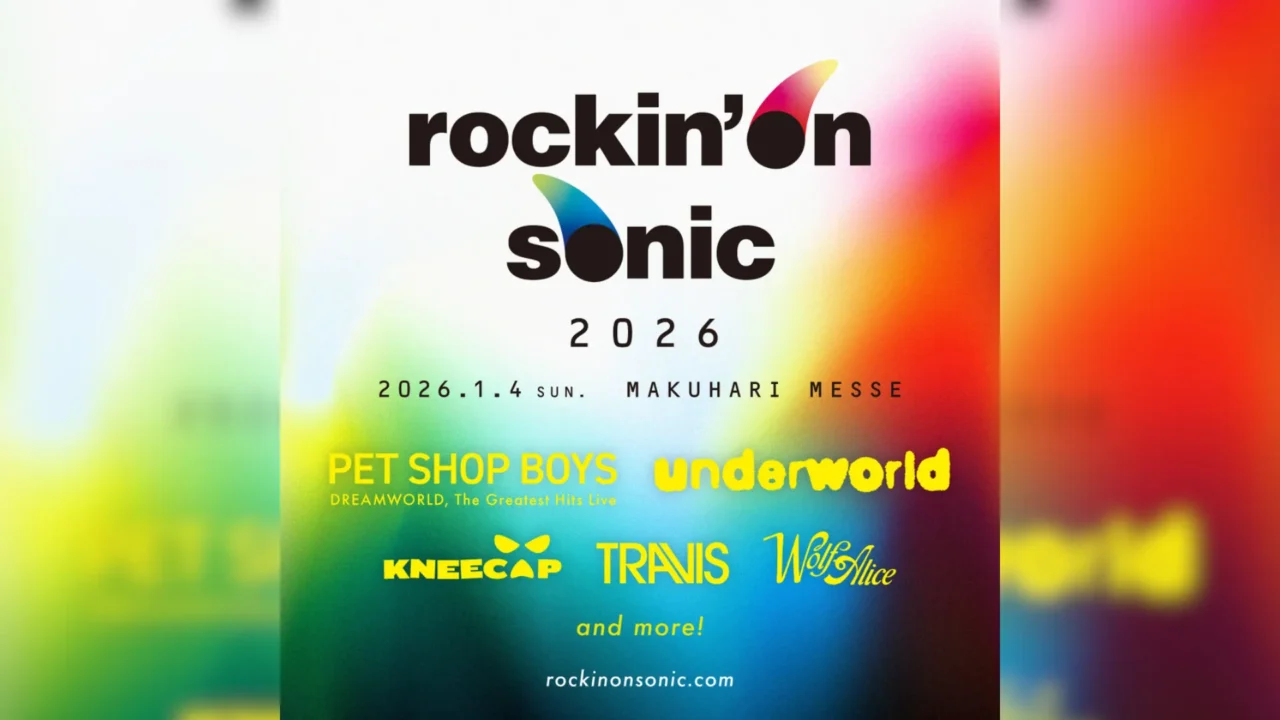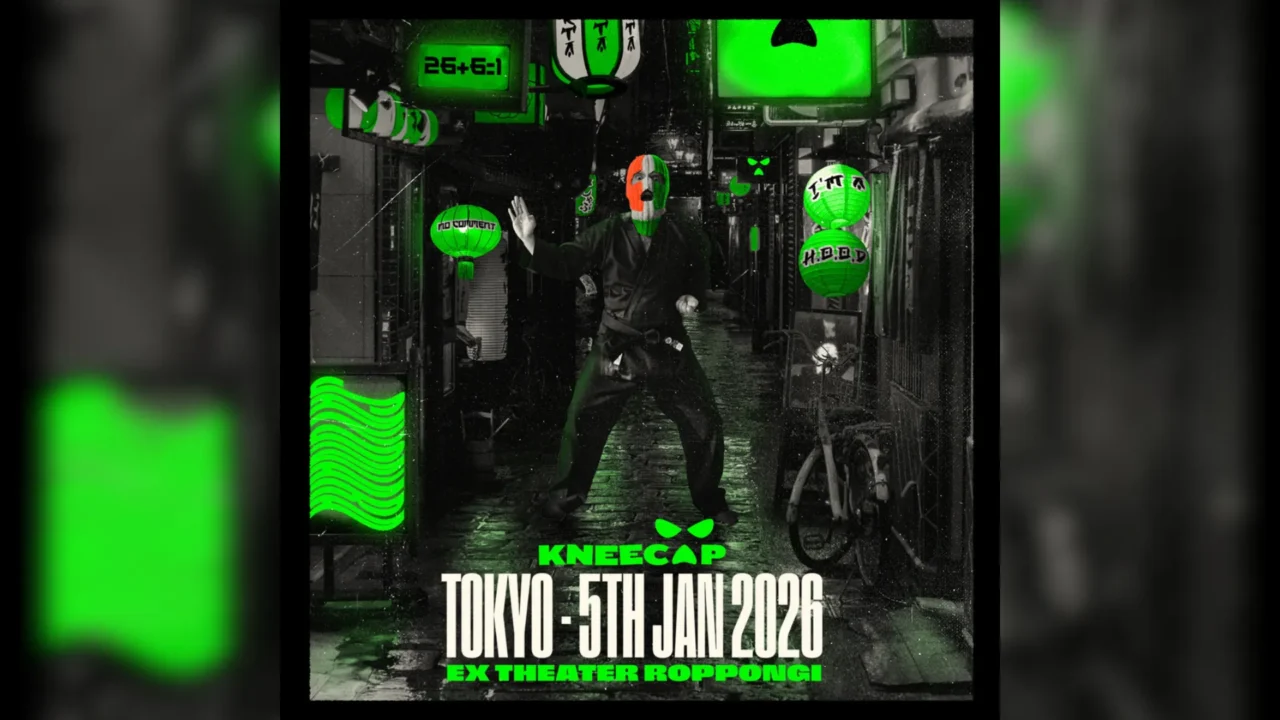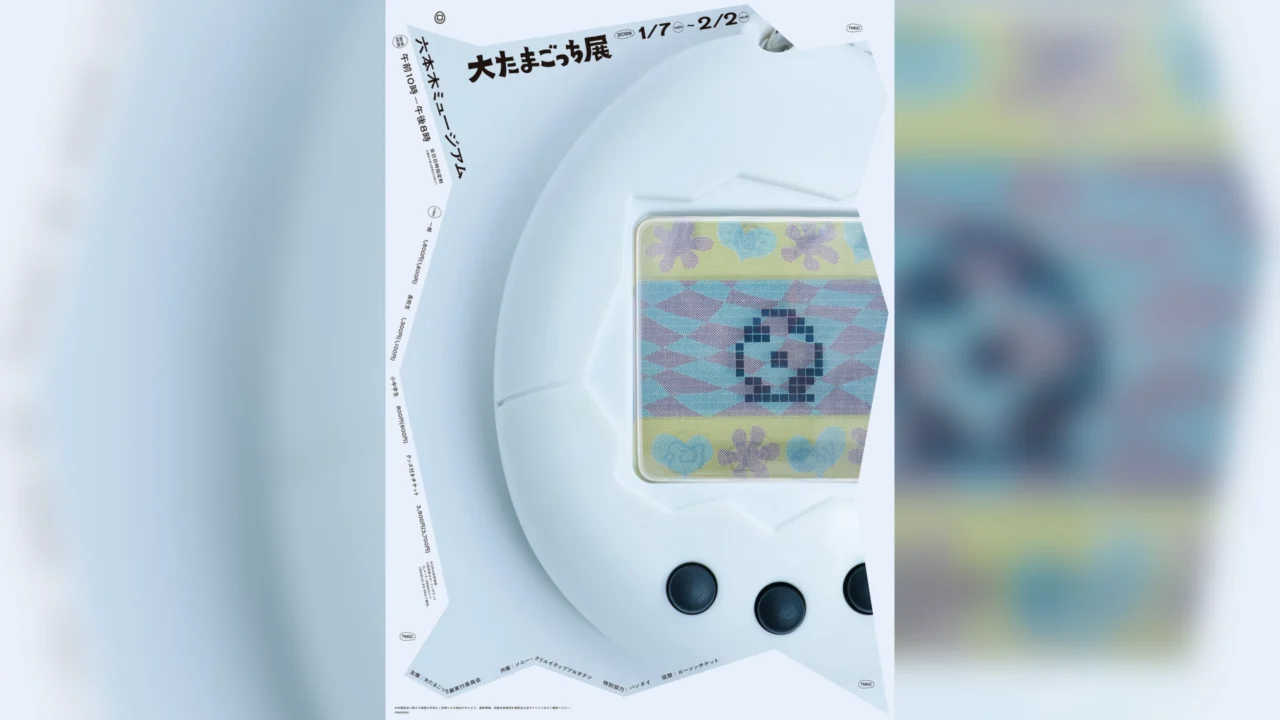INDEX
I was influenced by “Edo Tokyo Nempyo” which I bought when I was in elementary school.
Celeina:You mentioned that you liked to keep track of dates. I was wondering if you like history or social studies, or if you like numbers and mathematical things, Mr.Panth.
Panth: Completely history. I liked to learn Japanese history and world history in regular school, and I used to take notes incessantly, even to the point where they didn’t teach it in school.
Takano: I heard that you also have a timeline of influences.
Panth: Yes, I do. I don’t think chronology is often discussed as a genre, but I used to buy books based on the chronology attached to the back of the book.
Takano: Based on the chronology, not the contents.
Panth: That’s right. I brought a book with me today, “Edo Tokyo Nempyo” which was published by Shogakukan in 1993, and it is a chronological table from Edo to Tokyo.
Takano: It starts 30,000 years ago. The beginning is called “the beginning of a culture characterized by knife-shaped stone tools”.
Panth: It starts when the land was created.
Celeina: You say that you are influenced by this chronology.
Panth:I bought this when I was in elementary school, and I used to look at it constantly. It contains very detailed information, such as when morning glories became popular.
Celeina:You were an elementary school student,right?
Panth: In the Edo period, it was common to go to see flowers, and there were many exhibitions, etc. The book goes on and on with such detailed information.
Takano: It’s fun to think about what was going on back then and let your imagination run wild.
Panth: Yes, it is. That’s the fun part of the timeline.
Takano: I could go on and on, but I would like to interrupt with a song. I asked Mr.Panth to choose a song that we would all like to listen to together on the radio at this time. What song would it be?
Panth: It’s a song by Ryuichi Sakamoto. When I was making “Nempyo・Subculture to Shakai no 50nen” I took the liberty of setting Ryuichi Sakamoto as the underlying theme. The book covers the period from 1968 to 2020, so it is like following Sakamoto’s career itself, and there is a lot of Sakamoto-related information in the book. And, I like it, so I’ll play it.
Takano: Please introduce the song.
Panth: “Self Portrait” by Ryuichi Sakamoto.






















